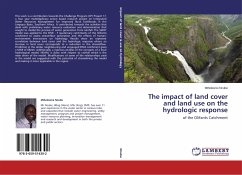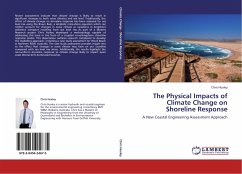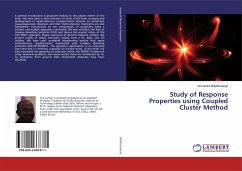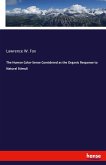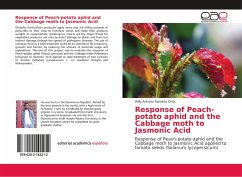This work is a contribution towards the Challenge Program (CP) Project 17, a four year multidisplinary action based research project on Integrated Water Resources Management for Improved Rural Livelihoods in the Limpopo Basin, Southern Africa. It contributed towards the activities that dealt with preliminary water resource evaluation and determination that sought to model the process of water generation from rainfall. The SWAT model was applied to the B72E - F quaternary catchments of the Olifants catchment to assess streamflow generation and the effects of human-environment interactions on hydrology. Results show an expected correlation between land cover and the hydrologic response where an increase in land cover corresponds to a reduction in the streamflow. Prediction in the similar neighbouring and ungauged B72A catchment gives a MAR of 68mm. Additionally, a rigorous analysis of the concepts of a local hydrological model, HDAM, is done with respect to rainfall which is the main driver of the model. Modifications of some of the relationships used in the model are suggested with the potential of streamlining the model and making it more applicable in the region.
Bitte wählen Sie Ihr Anliegen aus.
Rechnungen
Retourenschein anfordern
Bestellstatus
Storno

